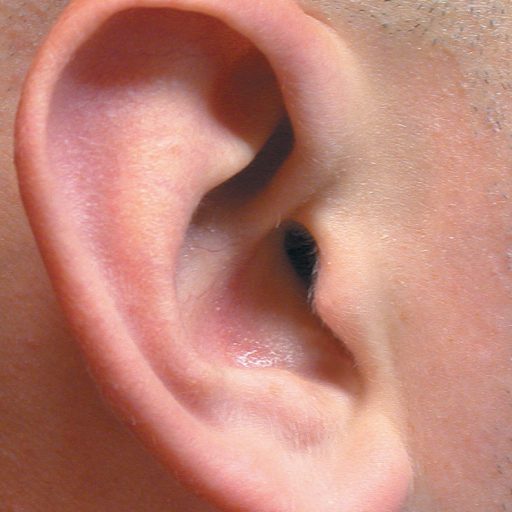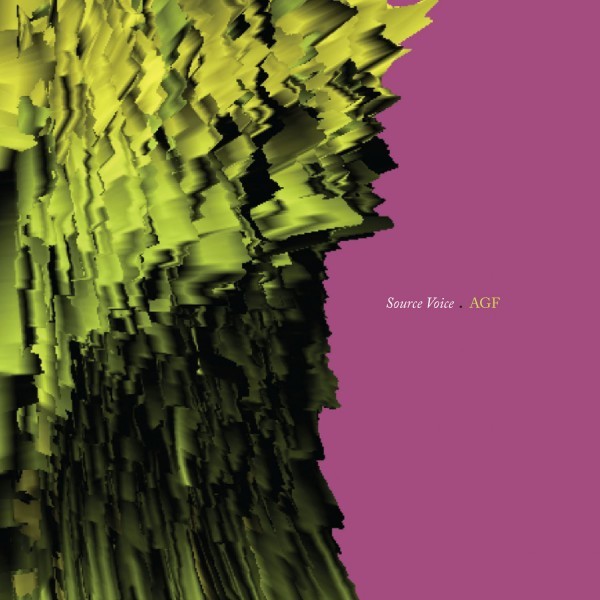AGF: Source Voice (Line Segments)
Antye Greie-Fuchs’s Source Voice evolved out of a mutual respect between Line and the artist (now known as Antye Greie-Ripatti, after marrying Sasu Ripatti a.k.a. Vladislav Delay & Luomo, et. al). It follows label owner Richard Chartier’s own introduction to the Line Segments series, Foley Folly Folio by pinkcourtesyphone. Like that album, this one skirts on the periphery of the more severe stylings sometimes associated with Line and instead has a more playful and perhaps subversive sound, veering into otherwise uncharted turf for the label. This concise, six-track album is based around the folk tradition of yoik, a wordless vocalizing generally associated with the Sami tribes of northern Scandinavia. In this case AGF uses her voice to blend in, reflect, imitate, and enhance her surrounding ambient sound of weather and room ambience. I’m a bit late to the game with this write-up, and admittedly it took time for Source Voice to take hold and make the right impression on my ears. But as with so much of AGF’s music, it’s not easy but quite rewarding when given the proper attention, preferably on headphones. “The Human Condition” starts things off with a harmonized, prolonged chorus of retuned vocals, the most overtly “vocal” sounding track here. It’s not my favorite personally, but it works fairly well to reset expectations and to introduce listeners to the unique timbre and sensibility of AGF. For the previously uninitiated, it provides a good bird’s eye view of what AGF is all about. But it’s beyond this first track that Source Voice sings to me, particularly on “Breathing in Lines,” the longest track here.
It’s subtle and consists almost entirely of AGF’s voice wheezing and sighing like the wind, layered in such a way that it’s diffuse yet quite effective. There’s a swirling chill to it, with indistinct, brittle crackles in the otherwise even layer of ice her vocalizing projects. It reminds me of the chilling telephone wire recordings of Alan Lamb, but more sedate and with the curveball of being entirely human voice (rather than strictly weather and structures). But it’s not all entirely dreamy; “Voice Count” is more heavily manipulated and electronic in sound, with AGF’s voice abstracted into sputtering rhythms that would be right at home on Raster-Noton.
It skitters and sputters around the stereo signal for a few minutes like a hailstorm before the piece de resistance, the subsequent pairing of “Kaamos” (Finnish for “Polar Night,” the only track where her voice is not manipulated at all) and “Digital Yoik.” both of these communicate the feeling of arctic chill and airy breeze in a way that’s fantastically effective. Particularly in the latter, AGF abstracts her voice midway into digital crackles of texture that feel simultaneously icy and gravelly. “Hum Pitch Play” is exactly what it sounds like, a playful closing to the album, bookending nicely with “The Human Condition” as a complement at the start of the album. It draws attention to both the more immediately human side of AGF’s voice as well as the overt manipulations she uses to repitch and manipulate it. I’ve heard most of AGF’s output to date, starting back with Laub and into her earliest abstract solo albums, and I find Source Voice to split the difference between her more academic and process-based music and something more instictively “musical.” That is to say that one not need dive into her methods or processes to appreciate the often visceral qualities of Source Voice, which also manages to deftly tap into the particular breed of minimalism that characterizes so much of Line’s output… it’s quite the match.


0 Comments